The uncomfortable problem of how to find the perfect bed
There’s an art to striking a balance between the most comfortable bed you can afford and the creature comforts necessary for a good night’s sleep, says Giles Kime.


You don’t fully appreciate a really good bed until you’ve slept on one that has seen better days (and nights) or has a mattress as thin and unyielding as a slice of white bread.
Yet there can be a degree of quackery in the claims made for expensive beds that play on our fears that we’re not getting a decent night’s sleep and which promise all sorts of life-changing qualities. Then there’s that well-worn piece of rationale that ‘you spend half your life in bed, so you’d better invest a small fortune on a mattress’, which, you then discover, has to be changed every 10 years.
Therein lies the knotty problem. How much do you spend? A tidy sum for one you might not be able to afford to change very often or a modest mattress you can upgrade every few years? In either instance, the answer is to spend as much as you possibly can (one customer of a well-known manufacturer took this to a remarkable extreme of inconspicuous consumption by asking that all the springs should be gold plated).
A new generation of mattresses has now entered the market, offering the convenience of a mattress that springs, as if by magic, from a cardboard box. Brook + Wilde has a luxury mattress that combines 3,500 springs with memory foam to create a wonderfully supportive, cool environment, from £899 for the Elite single mattress (£1,199 for a double). The result is a brilliant balance; succour for tired limbs and enough room in the budget for things that also really matter, such as high-thread-count bed linen, a down duvet and hotel-style headboard. And if you do wish to push the boat out a little further, the Brooke + Wilde Ultimate mattress (at £1,799 for a double) has 6,000 springs and 10 different layers, one of which apparently cools the fabric by two degrees.
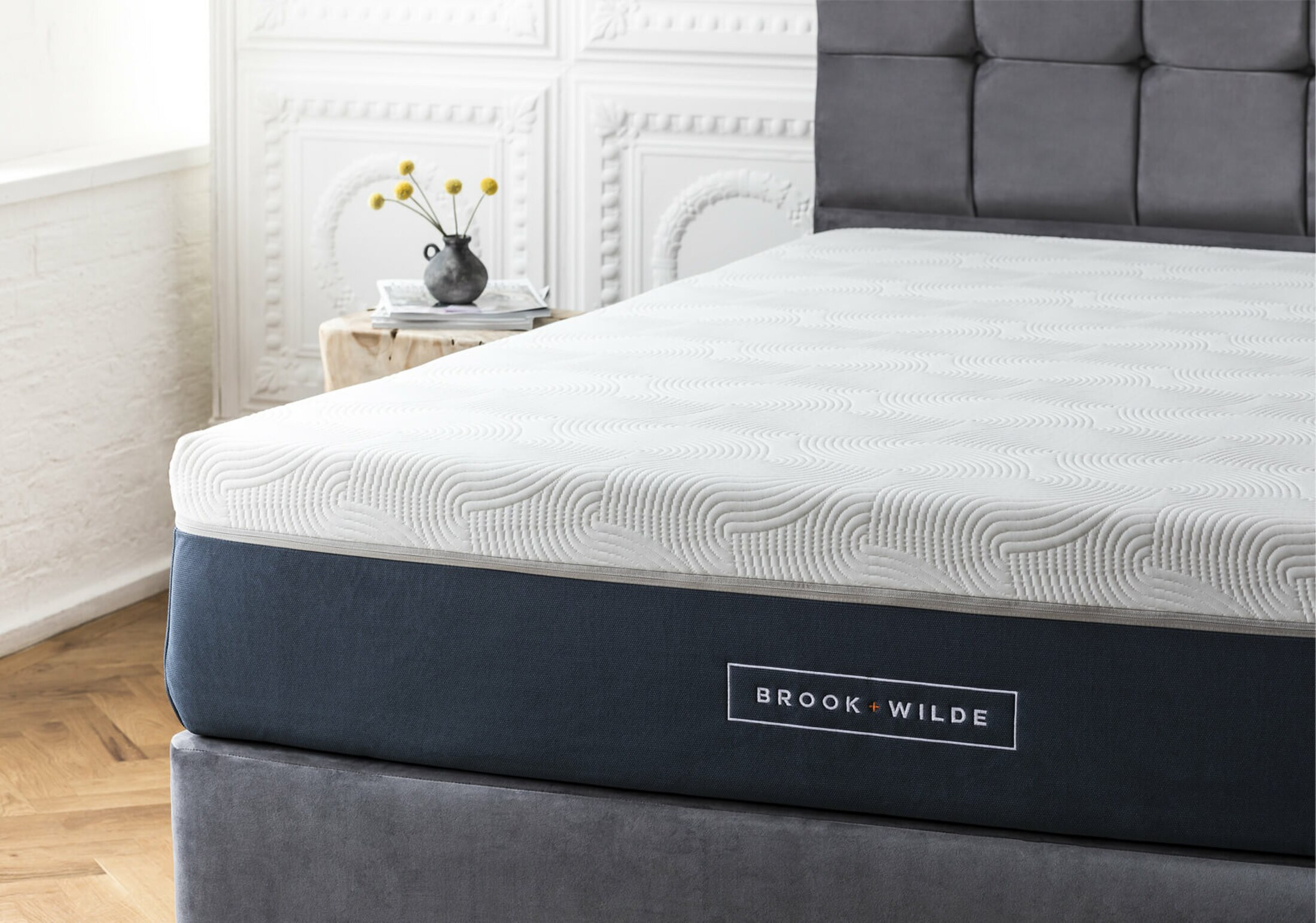
But there’s surely a caveat in all this: how much of a good night’s sleep relies entirely on your mattress? What contribution is made by sheets with a thread count that reaches stratospheric heights, a duvet, an upholstered headboard, a cosy topper and pleasing bedside lights? Is it worth sacrificing one option for another?
The best strategy, perhaps, is to spend as much as you can on the mattress, but leave a decent contingency for cosseting accoutrements, such as the highly desirable range of headboards at Ensemblier (www.ensemblierlondon.com).
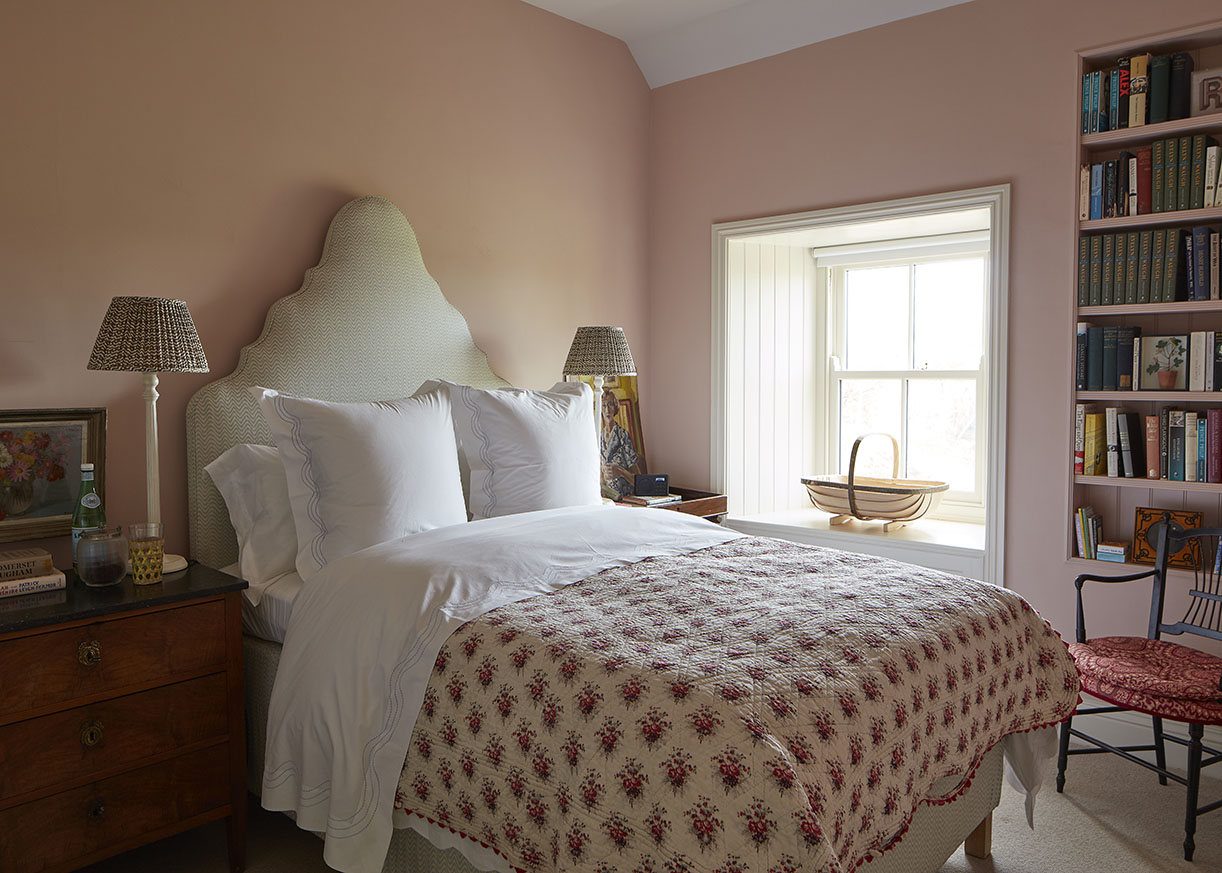
As you might imagine, there’s a lot of room between the budget end of the market and ‘money won’t stand between me and the transformative possibilities of a good night’s sleep — not even the price of a small car’.
Sign up for the Country Life Newsletter
Exquisite houses, the beauty of Nature, and how to get the most from your life, straight to your inbox.
The latter is well catered for. The Savoy Bed, designed for the Savoy Hotel in 1905 (and still made by the legendary Savoir), was commissioned by the impresario Richard D’Oyly Carte because he couldn’t find anything else that suited his vertiginous expectations. More than a century later, the bed still sets the standard for nocturnal luxury. In the early part of the century, the likes of Vi-Spring and Hypnos joined the fray in making beds for the well-heeled.
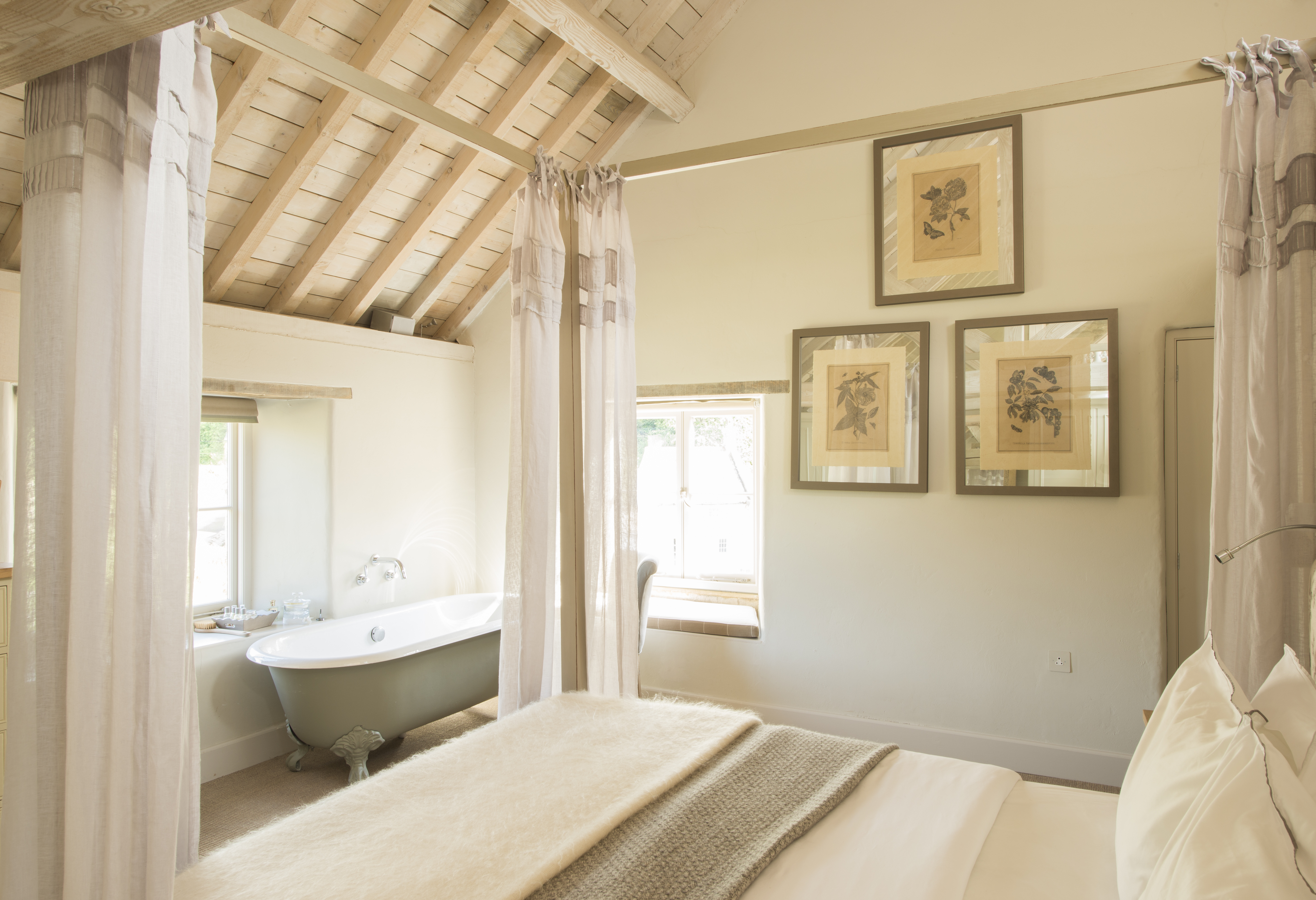
Credit: Ed Sheperd / Sims Hilditch
A calming bedroom with light and height — and a bathtub with a view
When Emma Sims Hilditch converted a 17th-century barn, she created a bedroom with both light and height. Giles Kime takes
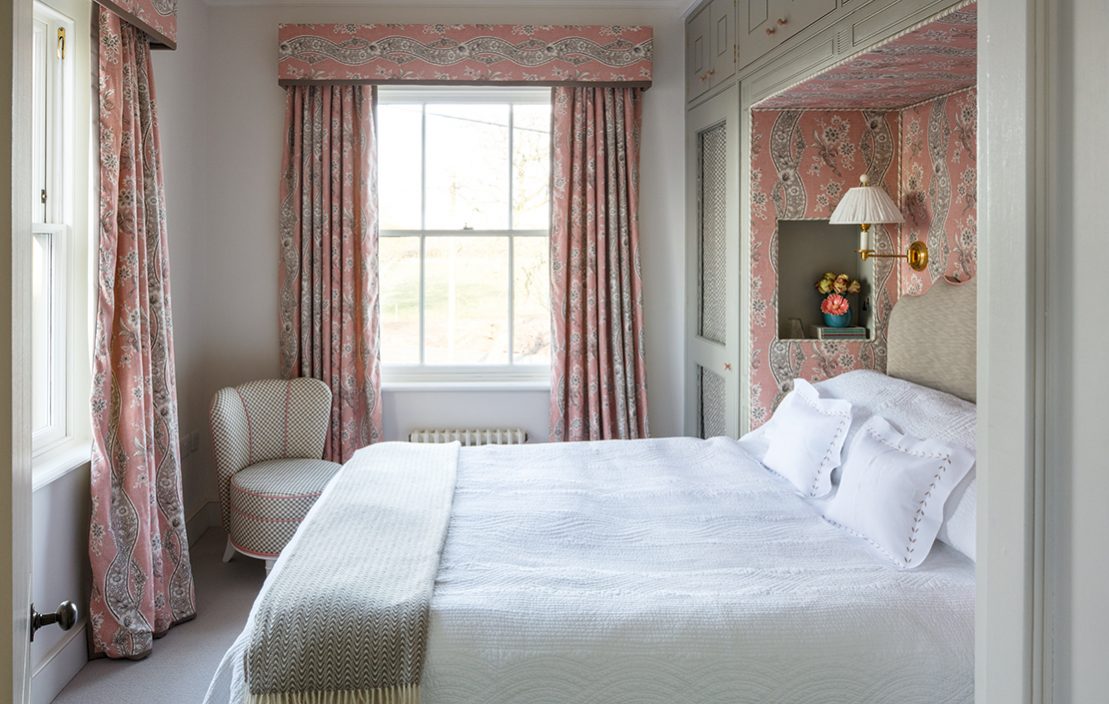
A perfectly-formed small bedroom, as designed by Nina Campbell
If you're looking for inspiration on how to make a small bedroom both beautiful and comfortable, take a look at
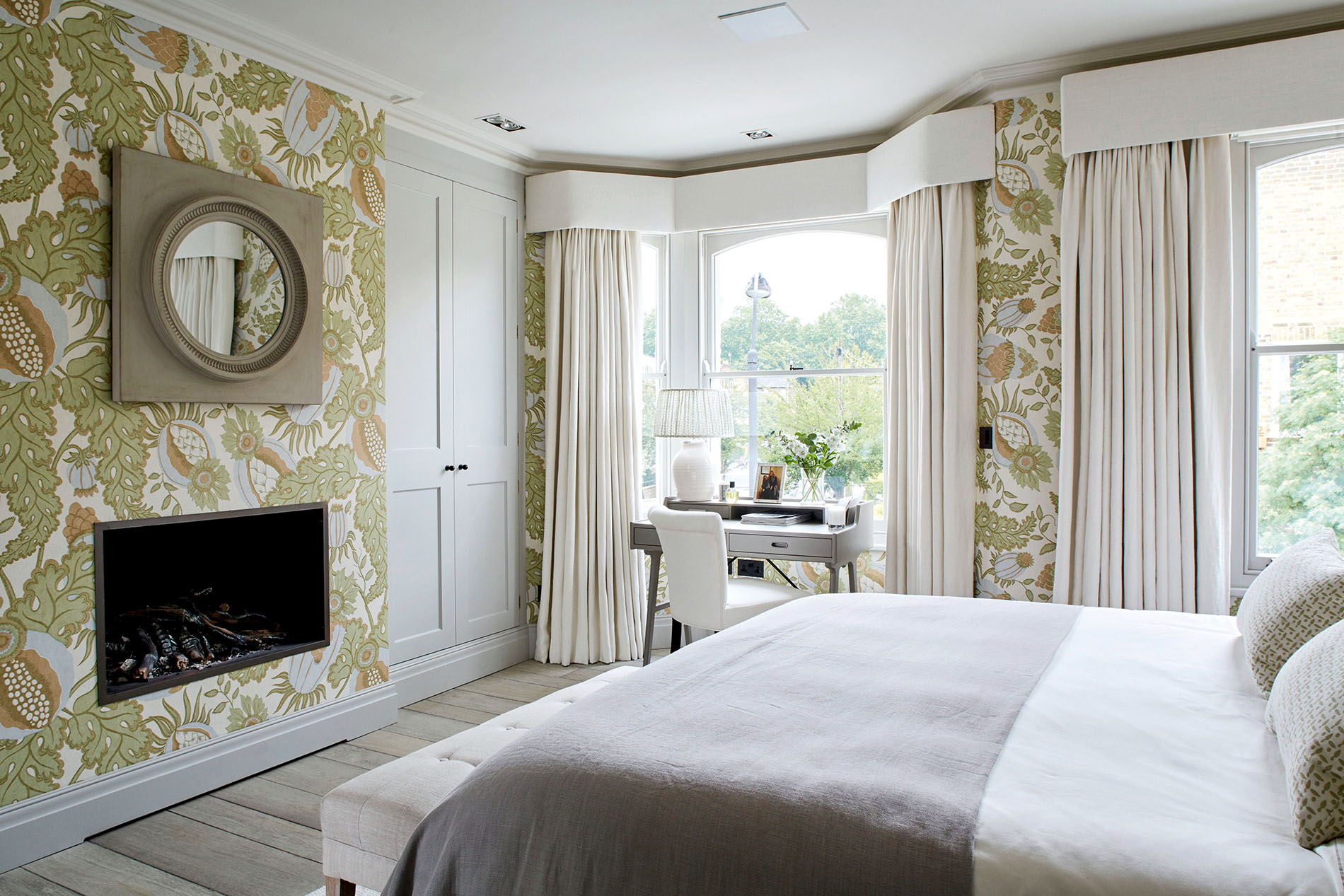
Credit: Brent Darby Photography
How reconfiguring an entire floor helped create a perfect bedroom
As part of the transformation of this London townhouse, Emma Sims-Hilditch put together this country-inspired scheme for its master bedroom.
-
 Designer's Room: A solid oak French kitchen that's been cleverly engineered to last
Designer's Room: A solid oak French kitchen that's been cleverly engineered to lastKitchen and joinery specialist Artichoke had several clever tricks to deal with the fact that natural wood expands and contracts.
By Amelia Thorpe
-
 Chocolate eggs, bunnies and the Resurrection: Country Life Quiz of the Day, April 18, 2025
Chocolate eggs, bunnies and the Resurrection: Country Life Quiz of the Day, April 18, 2025Friday's quiz is an Easter special.
By James Fisher
-
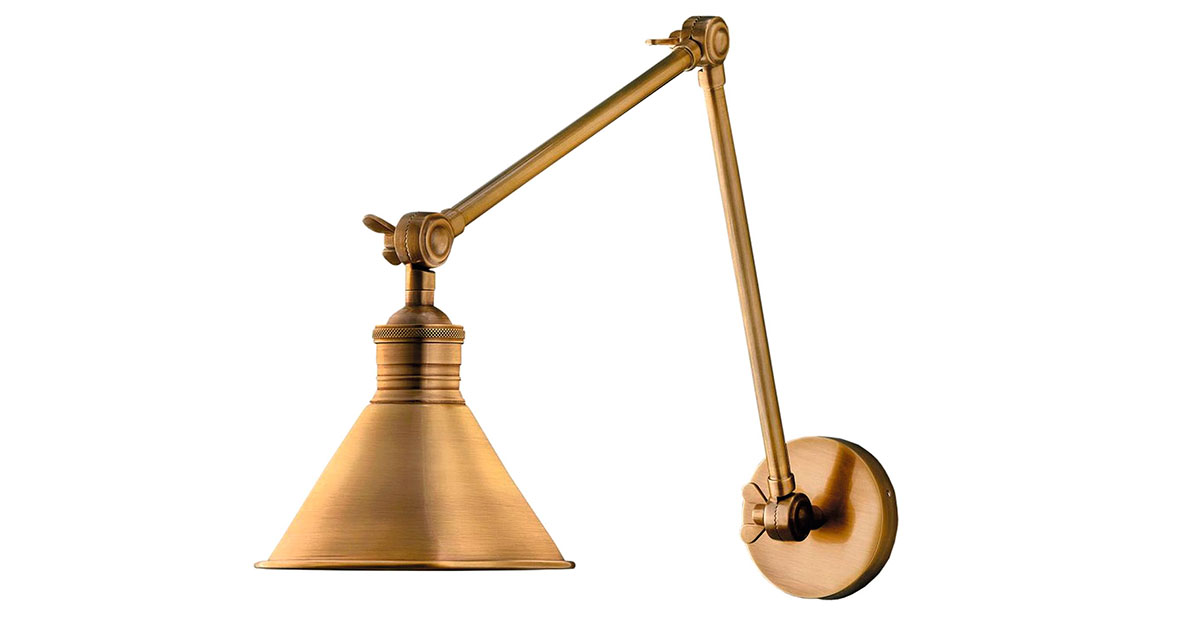 Beside lamps and reading lights to brighten up your bedroom
Beside lamps and reading lights to brighten up your bedroomAmelia Thorpe picks out six of the best reading lights and bedside lamps.
By Amelia Thorpe
-
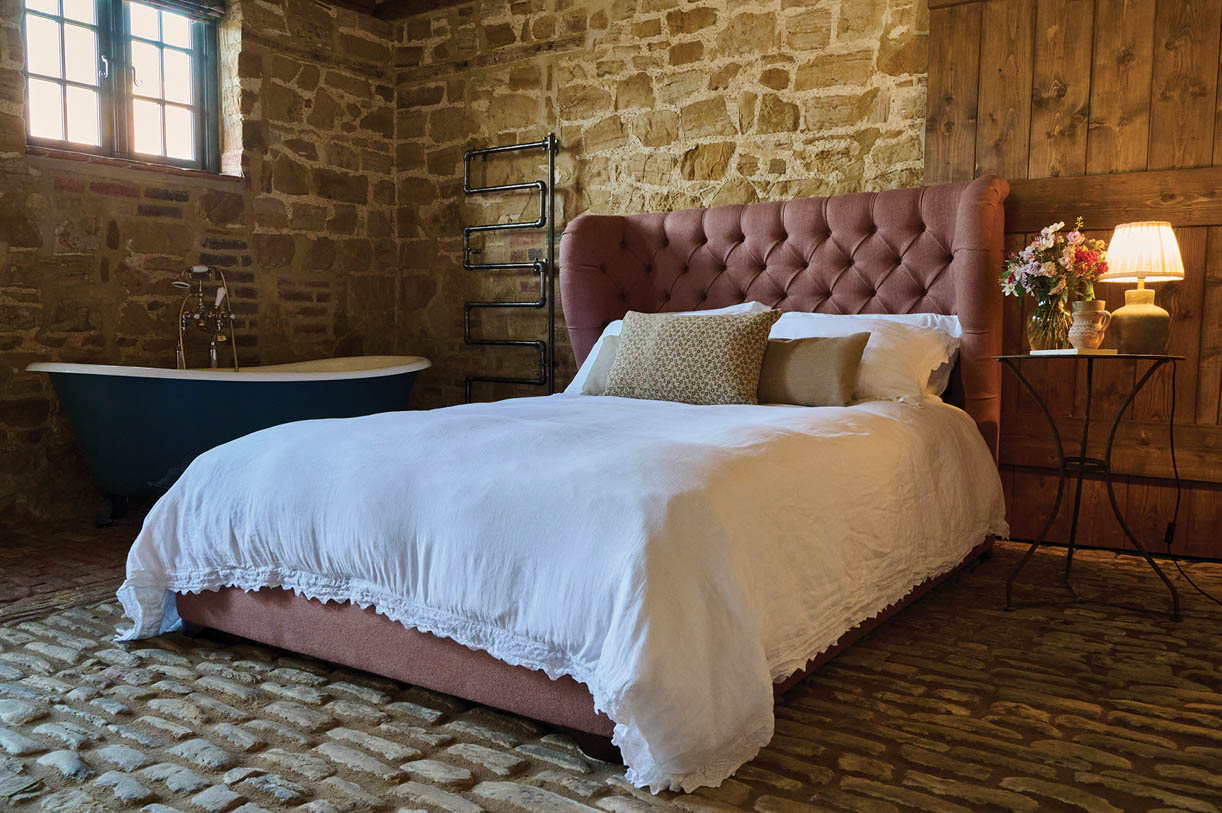 Nine delightful bedroom ideas to brighten up your home
Nine delightful bedroom ideas to brighten up your homeDreamy furniture and accessories for the bedroom, chosen by Amelia Thorpe
By Amelia Thorpe
-
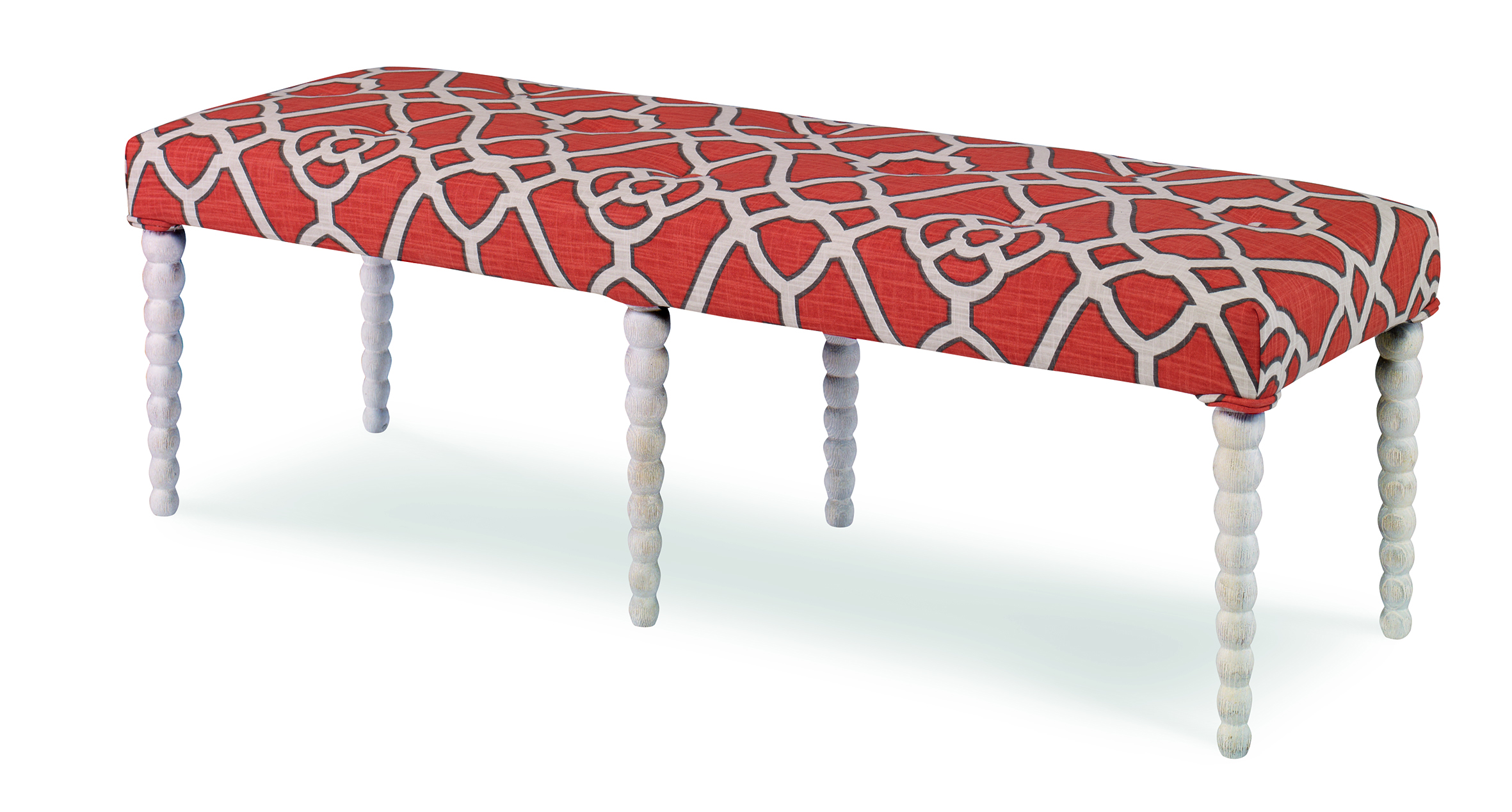 Four ways to give your bedroom the luxury hotel treatment
Four ways to give your bedroom the luxury hotel treatmentGiles Kime explains how hotels can teach us to be ahead of inspirational design trends and how we can make our bedrooms design masterpieces.
By Giles Kime
-
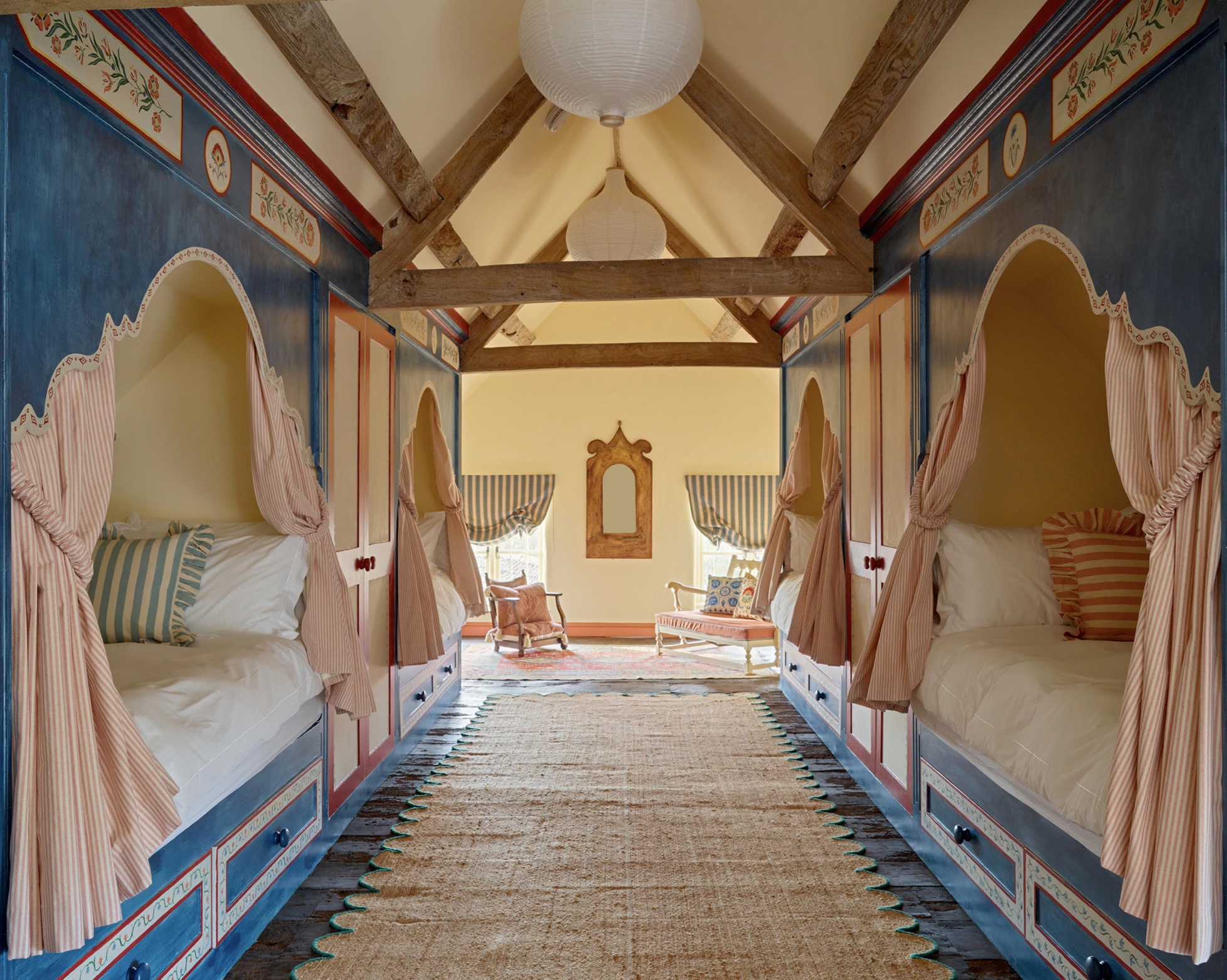 A Cotswolds attic that's been turned into a fairytale fantasy bedroom
A Cotswolds attic that's been turned into a fairytale fantasy bedroomA space once used for storage has been transformed into a dreamy place for children to sleep by designer Tess Newall.
By Arabella Youens
-
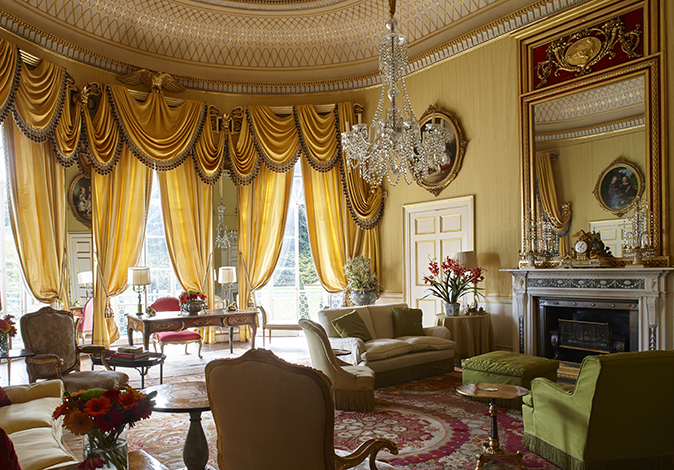 50 best interiors tips of the last 50 years, from legendary interior designer Nina Campbell
50 best interiors tips of the last 50 years, from legendary interior designer Nina CampbellIn the half century since Nina Campbell set up her decorating business, she has accumulated a depth and breadth of interiors knowledge that is as practical as it is inspiring. Here, she shares the 50 most valuable lessons from a stellar career.
By Nina Campbell
-
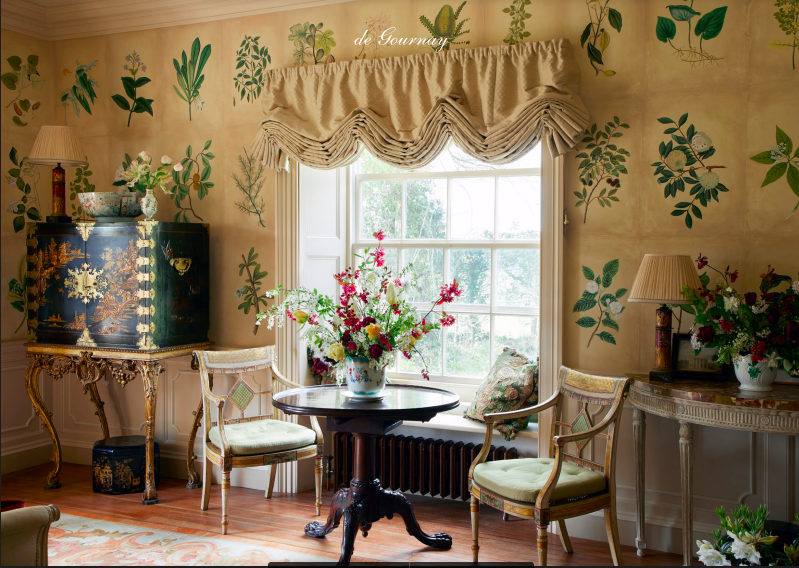 A traditional country house bedroom elevated by an astonishing hand-painted wallpaper
A traditional country house bedroom elevated by an astonishing hand-painted wallpaperThe discovery of a hand-painted, botanical wallpaper offered the perfect foundation for the newly-refurbished bedroom in Dorset. Arabella Youens takes a look at a lovely scheme put together by Edward Hurst.
By Arabella Youens
-
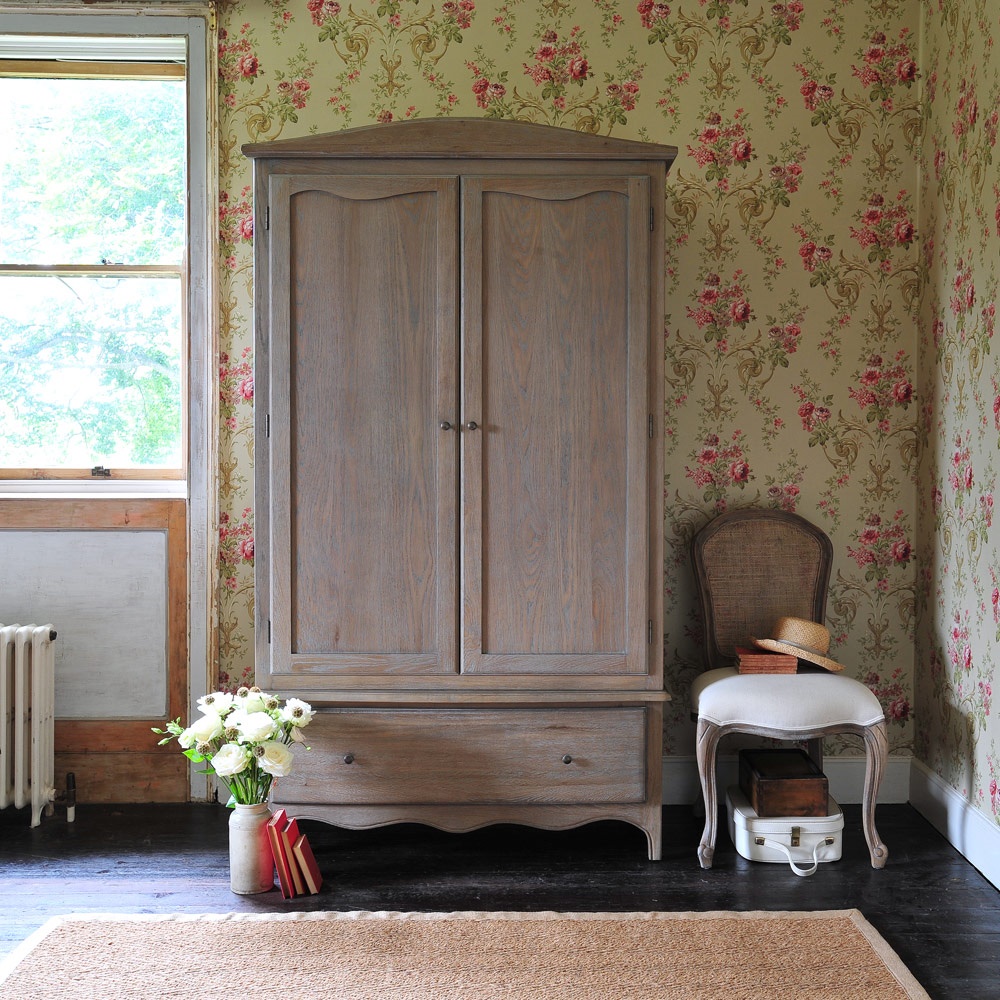 The best wardrobes and armoires you can buy
The best wardrobes and armoires you can buyWave goodbye to fitted wardrobes with this elegant selection of best wardrobes and armoires, guaranteed to transform any room.
By Lydia Stangroom
-
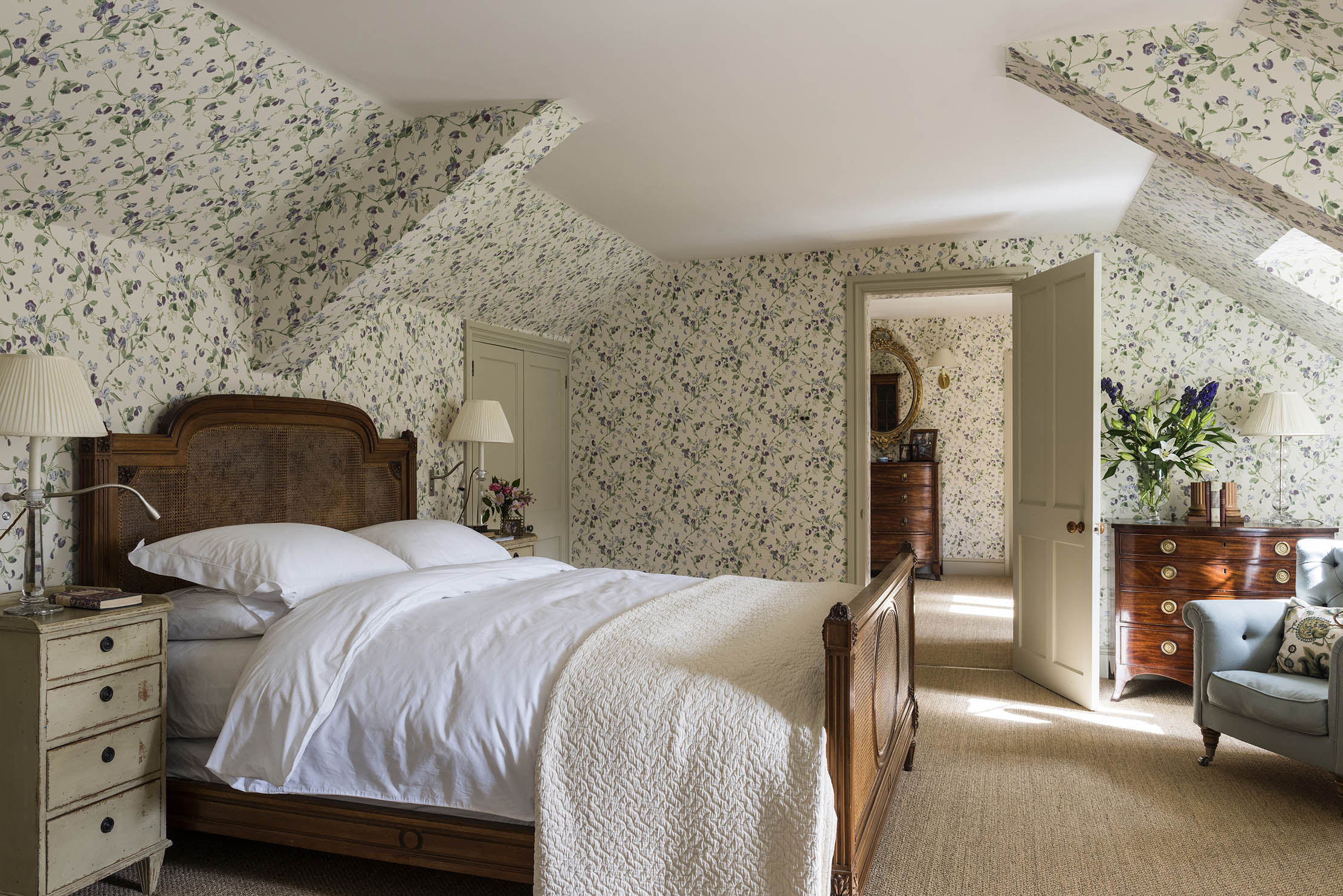 A bedroom in the eaves brightened up by classic wallpaper and the 'paint that goes with everything'
A bedroom in the eaves brightened up by classic wallpaper and the 'paint that goes with everything'Papering the walls and eaves of this guest room with a lively botanical wallpaper has lent it a summery feel. Arabella Youens takes a closer look.
By Arabella Youens